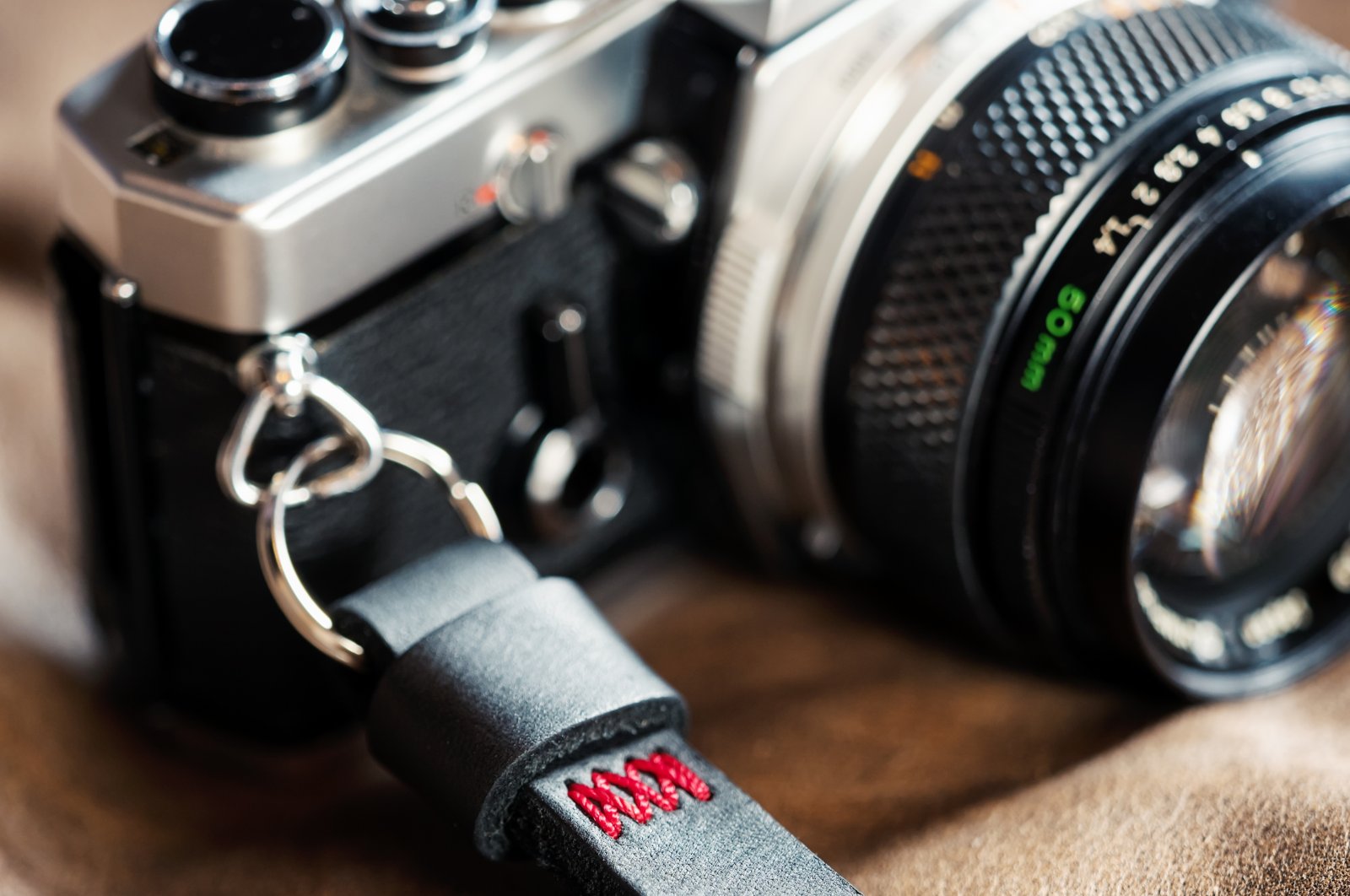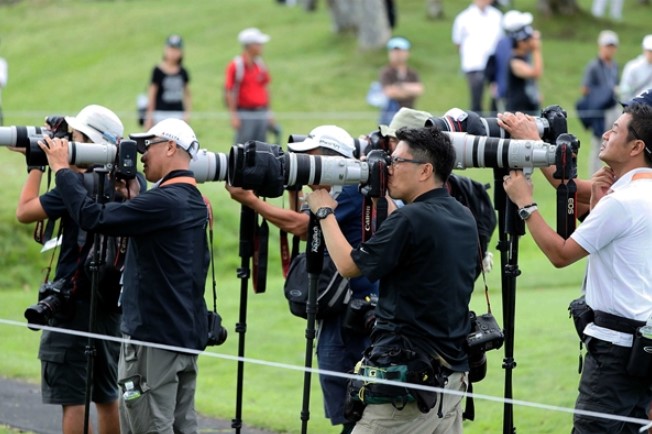
Unique moments: Benefits of analog photography
Analog cameras have long fallen by the wayside for most, but if you’re looking for a different experience than that with a snap-happy digital camera, 35 mm film photography still has plenty of fans.
Daniel Wollstein, a photographer in Germany, says that he takes digital photos professionally and analog photos privately. That’s because analog photography moves at a slower pace than digital.
“Analogue photography decelerates,” he says. “It also appeals to me that the physical image is given a high status.”
In contrast to the almost unlimited number of photos you can take with a digital camera, the analog photographer is restricted to what the roll of film allows. For 35 mm film that’s usually 36 shots. And then there’s the cost of developing and printing them.
“With every photo, the viewer must engage intensely. The image is created when the picture is taken, not when it is post-processed,” Wollstein says.
The right camera
Wollstein recommends the OM series from Olympus. They’re small, compact and inexpensive, offer good quality, and can take a wide range of lenses. Analogue cameras from Nikon and Canon are just as good, he says, but more expensive.
“If analogue, then go really analogue, without autofocus and automatic programs. Only a light metre should be integrated in the camera,” he says.
This purist, high-quality approach also appeals to Marwan El-Mozayen, publisher of the international photography trade magazine Silvergrain Classic. “Many photographers love the tactile experience of a classic camera with its metal housing,” he says.
He counts Hasselblad, Rolleiflex, Canon, Nikon, Minolta, and Leica among the classic analog camera manufacturers. Working models and spare parts can be found online as well as in speciality stores. The website camerarescue.org is also a good place to start.
Get two lenses
Daniel Wollstein recommends a fast standard lens (50 mm) and a wide-angle lens with 28 mm fixed focal length. “With a 50-millimetre lens, you get the least distortion and learn to appreciate perspectives,” Wollstein says.
Wollstein buys his films from photo wholesalers or online marketplaces. Some physical stores also still have analogue films on sale and offer a photo developing service.
“The quality is usually okay,” says the photographer. “However, if you want top scans or prints, you should look for a professional lab.”
Angelika Goerner is a photographer who runs a photo lab service in Germany. She has noticed that analog photography is being rediscovered by young people.
“They are trying out analogue cameras and discovering the advantages,” she says.
Those advantages include being forced to slow down and take photos more carefully as well as creating a unique piece with each photo.
There’s also a manageable number of images when you use film, unlike digital where people can just keep snapping away forever.
The best films
When it comes to black-and-white films, Goerner recommends Ilford HP5 because of its good price-performance ratio. Kodak 400T-Max and Kodak 400TX are also good choices, although more expensive.
When it comes to color films, some like to use the inexpensive Kodak Gold, while others prefer the more expensive Kodak Portra with ISO 400. Color films are still available from Fuji as well.
The ISO rating is important – the higher it is, the more light-sensitive the film. And the more sensitive a film is, the more leeway the photographer has with aperture and exposure time. Most photographers choose an ISO 400 film, Goerner says.
If nothing else, analog photography requires people to know the basics of photography.
“The photographer is challenged with every picture, always having to make a decision, since he can only take the picture once,” says El-Mozayen. The result is either good or useless.
“It’s a different philosophy of working. Photographers have to be more focused and precise. Film doesn’t forgive sloppiness,” he says.






